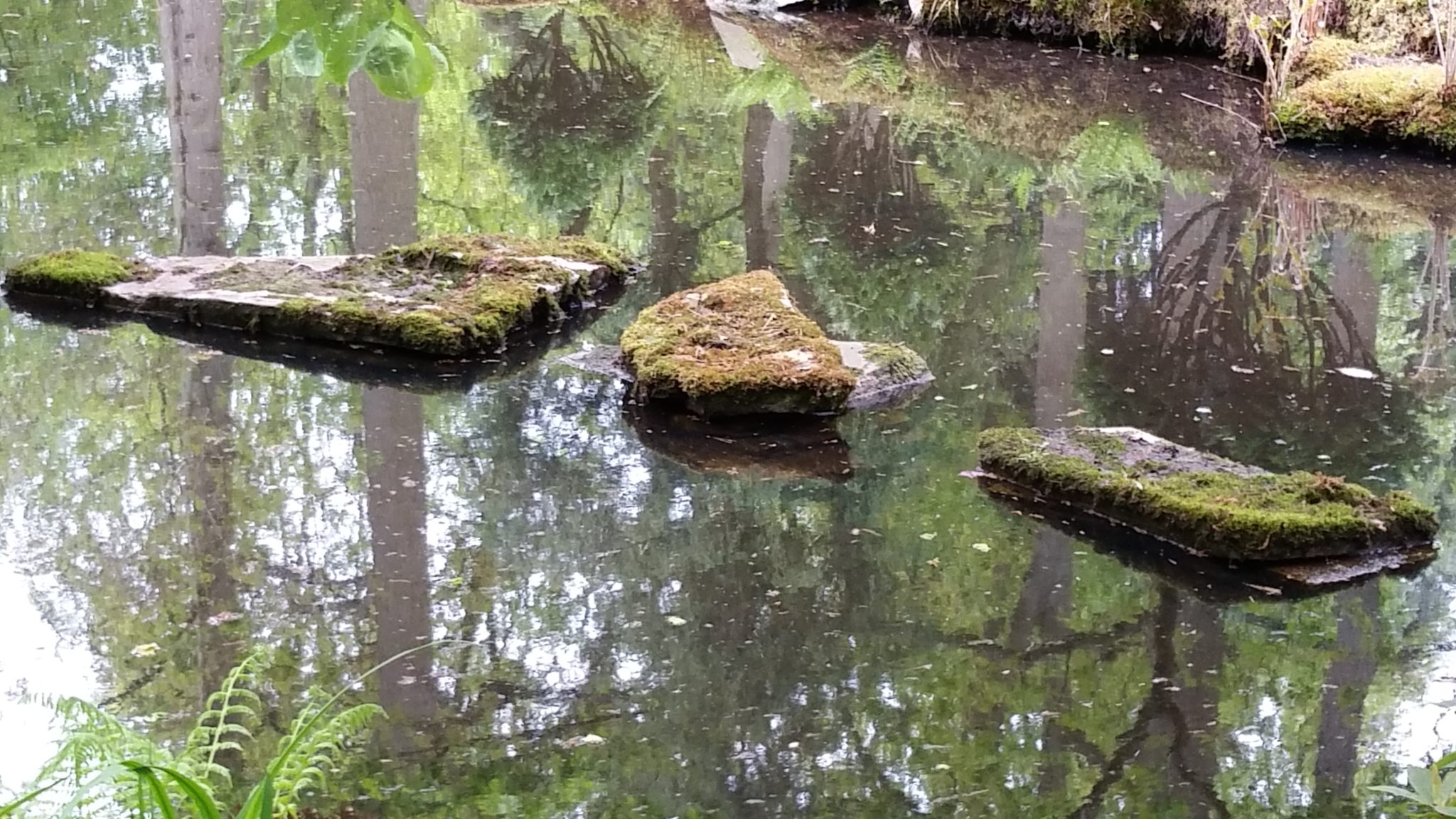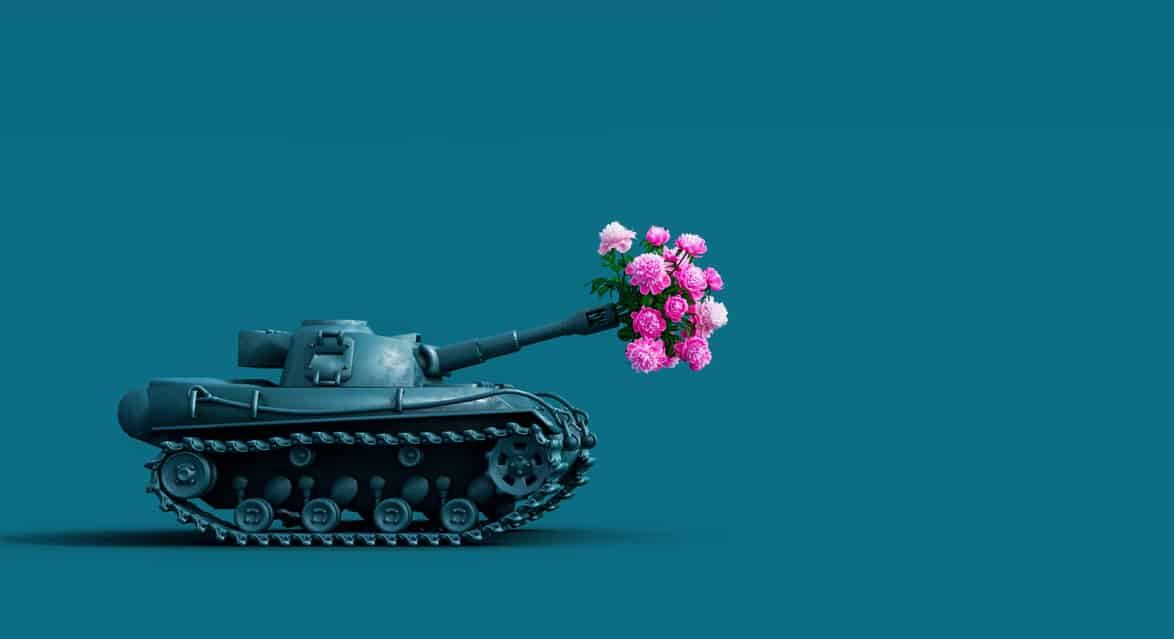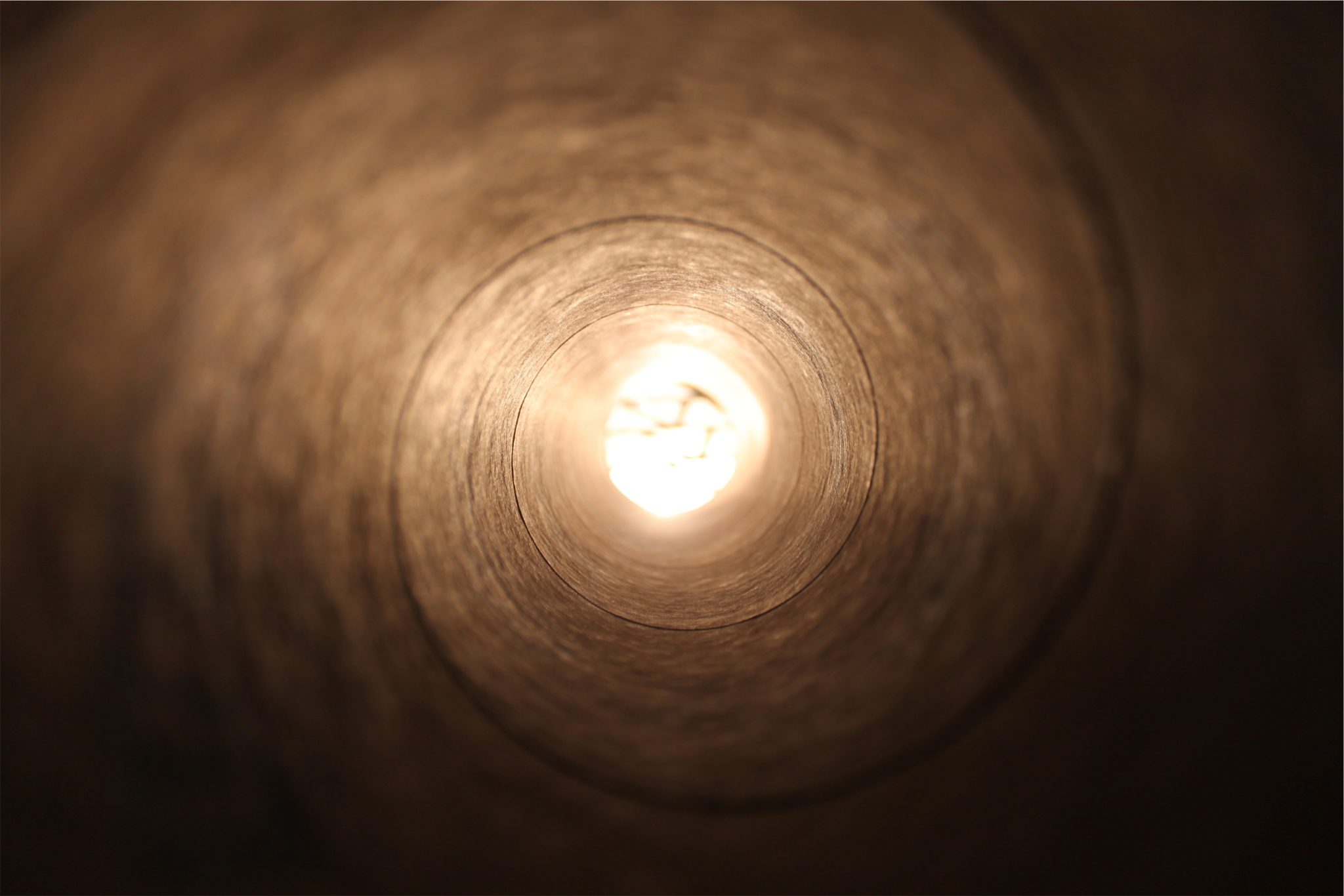More Status Less Quo
If it can be broken, it can be fixed – Chassidic masters
Editors note: This week the MLC ran its second of a five- part interactive series, The Sound of Light: The Spiritual Physics of Chanukah – Secrets to a Balanced Life, led by Rabbi Simon Jacobson.
It was an electrifying evening. The dynamic interaction that ensued was surprising both in its intensity and its insights.
You are all invited to participate in the live programs, which will be taking place during the next four Wednesday nights in New York City, culminating in a powerful, multi-sensory interactive Chanukah experience, with music, drums and Chanukah lights (details follow below).
Here again we bring you some of Rabbi Jacobson’s notes about the evening’s discussion, for the benefit of our friends who were unable to attend these events. As always, we welcome and invite your feedback. (Tapes are also available of these workshops, details below).
Next week, in part three of this unique series, we look forward to hearing Prof. Branover address the audience. Prof. Branover is head of the Center of Magnetohydrodynamic Studies at Ben Gurion University, Israel. He will be discussing Quantum Chanukah: Waves, Particles & Beyond, followed by questions, answers and group interaction.
There is a natural rhythm to life. At some point in life this rhythm gets disrupted. And the rest, as they say, is history. The remainder of our lives we are in search of regaining our rhythm.
This in essence is the story of life. No matter who you are you are always going through cycles. Life is never a plateau. It’s more like hills and valleys. If we are blessed the cycle is symmetrical. If we are not, the crests and troughs tend to the extremes.
This is also the story of the Torah. Constant movement is the undercurrent of the entire Torah. Adam and Eve banished from Paradise. Cain wandering the earth. Noah riding the ark through the raging flood. Abraham’s Lech Lecho – perhaps the single most defining journey in history. Jacob’s leaving home, and his subsequent life of continuous displacement (discussed below). The uprooting of Joseph and his descent into Egypt. Only to be followed by Jacob and his family, as they begin their lives in a foreign land.
And that’s only in the book of Genesis. Enter Exodus and a new radical series of journeys begin. Starting with the Egyptian exile and bondage, the story continues that even after the Exodus (yet another journey), the journey is only about to begin. For heaven’s sake: The Jewish people suffered 210 years under Egyptian oppression, why not let them go home and live in peace?… But no, following the Exodus the people begin their final journey related in the Bible: Their forty years of wandering in the Sinai wilderness.
Indeed, the rest of the entire Torah takes place during the journeys in the desert. A chapter is even named “Journeys” (Massei), documenting their 42 journeys. The Torah concludes with the end of the journey, as the people arrive to the east bank of the River Jordan. No, it doesn’t tell us about their entry into the Promised Land (that happens only later in the book of Joshua). We never read about them reaching their destination – the one aspired to by Abraham and the people from the beginning of time.
And the story never ends. After the relatively brief respite during the Temple period, the people are exiled once again, and until this very day we are on the move, migrating from land to land, escaping, running, expelled – anything but quiet reprieve. The only sure stability is the fact that we are always moving.
So, what is this thing about constant movement? It’s the story of life’s rhythm. The Torah is telling us that the secret to mastering your life is by learning to navigate the waves and cycles.
The Ohr Hachaim, at the beginning of this week’s Torah portion, explains the universal application of the opening verse: “And Jacob left Beersheba and went toward Charan.” “Jacob left Beersheba” refers to the descent of each soul to Earth. First it leaves and descends from the “fountain of seven” (Beersheba), the seven emotional spheres in which the soul is rooted. From there it descends and enters the world of wrath (Charan).
In other words: Life itself – from its very beginning – is a journey. Its essential nature is one of movement and rhythm.
If life were perfect – which it is not, because what then would be its point? – one could argue that we would be able to remain standing statically still in one never changing place.
But we are not perfect. And besides, even true perfection is not static. Humans see perfection as a destination: we work toward achieving a goal, and when we reach that place, we can retire. True, Divine perfection is an ever evolving reality, constantly reinventing itself and seeking out new expressions in a never ending infinite journey into the… infinite.
Movement then, is in essence life’s greatest blessing. For two reasons: As long as we live in a broken world, where injustice and cruelty reign, the status quo is unhealthy. Movement is our only salvation. The soul’s restlessness is our healthiest response to a world that just doesn’t seem right.
But movement is not just about getting away from the unhealthy. The nature of healthy perfection is distinguishable by its mobility. To be alive is to be awake. Every live thing moves, our theologians teach us.
This is the story of rotzo and shuv – the inner rhythm that characterizes all life forces. Our breath and pulse express this flow on a microcosmic level. The same is true about all of existence, which, in the words of the mystics, is essentially cosmic breath, throbbing, pulsating energy.
This is the story of all the travels and travelers in the Torah. Jacob’s journey in particular, which embodies the soul’s journey to earth, captures the paradox. Jacob represents the ultimate harmony of tiferet, yet of all the Patriarchs he was the one that was displaced most of his life. Harmony is not a static, passive state. It is the ability to navigate the rough and unpredictable terrain. Though Jacob suffered in his life, he had this strength, and his journey infused his children with the ability to ride through every challenge they would face.
In our latest workshop one thing that struck me was that many of the participants identified the rhythm of tension and resolution with breakage and repair. I never quite thought of it this way. But in truth, the yearn and return of rotzo and shuv, the tension and resolution is a form of breaking and rebuilding.
When you are tense about something, your feelings should motivate you healthily to change your situation, to get away from the things that cause you anxiety. You “break” away from the past, and open yourself up to build a new future.
In search of identifying rotzo and shuv parallels, one of our friends presented an art form called pique assiette, in which shattered plates are used to create new images with the newly aligned broken pieces.
Kabbalistically speaking, the “shattering of the containers” (shevirat ha’keilim) in the primordial explosion in the world of Tohu (chaos), is a result of the disparity between the “containers” and “light.” One can say that this “shattering” is a form of “market correction.” Since existence is not in sync with its purpose, “shevirat ha’keilim” is the inevitable result of a misaligned world, with the objective of “tikkun,” to repair the fissure and reunite the “light” and the “containers,” spirit and matter.
The challenge is learning to dance – a dance to the true rhythms of life. Each of us has the rhythm within.
We are born with it. Observe the perfect rhythm of a breathing newborn. Seamlessness and innocence are the virtues of a child. But then our human experiences begin to disturb our rhythms. Like a stranger’s hand holding us down, our first disappointments, lies and deceptions throw our pendulum off course. As we are invalidated, abandoned and our dignity wounded, our outer selves become unsynchronized from our inner rhythm.
The rest of our lives we are in pursuit of discovering our seemingly lost balance and harmony. Every time we feel anxious we really are sensing that our outer clock is not in synch with our inner one. The next healthy step would be to synchronize the two.
The problem lies in the fact that we may not know the rhythm of our inner clocks. That’s why we need to observe and study the rhythms of rotzo and shuv in nature and science, in the arts and music, in business and finance, in every possible area of life. This allows us a backdrop – context with which to compare the misaligned rhythms in our psyches.
As we learn to train ourselves to see the rhythms all around us it gets increasingly easier to identify our own discrepancies.
Another good idea would be to monitor our own levels of tension and resolution. To facilitate this process, we created a “rotzo and shuv index” (don’t laugh, it actually works), which can help you determine your own levels, and then see what your cycles look like. If you would like to receive this index, please e-mail us, and we’ll be happy to send it to you, together with instructions on how to use it.
To be alive is to feel alive. What does “alive” feel like? It actually has no sensation. But one thing is for sure: Being alive is never static, never still, never inert. No one wants to see a flat line on a cardiogram G-d forbid. You want to see fluctuations, ebbs and flows – rotzo and shuv.
Fluidity, movement, mobility, flux – are all the vital signs of life. Don’t fight your restlessness; figure out how to dance the dance.







